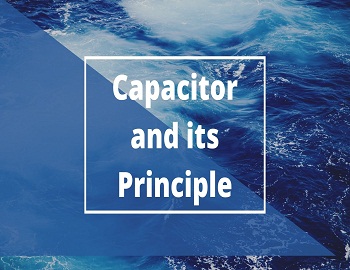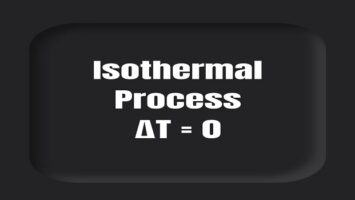It is very difficult to find the mass m of electrons as they are invisible particles moving at large speeds. The only method available is to apply a lateral force so as to deflect them from their rectilinear path. The higher the force and smaller the mass, the greater would be the deflection. The force on moving electrons can be applied by either electric field E or magnetic field B. Since the force F so applied is eE or e (ν x B), it depends on e. The deflection of electrons being proportional to F/m, depends on e/m. Thus, the deflection experiments always yield the value of e/m, rather than e or m separately.
Nov 20, 2023
What is so special about e/m that we usually measure its value rather than the value of e or m separately.









Comments (No)